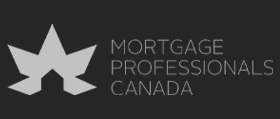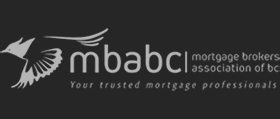Get ready for a rate shock adjustment that is expected to accelerate in 2019
The Bank of Canada raised its benchmark interest rate to 1.25 per cent Wednesday and signalled that, barring certain risks, more hikes are likely in the rest of the year. That’s creating an unusual situation for Canadians: for the first time in years, those renewing mortgages will be faced with higher rates and an increase in payments.
Even before Wednesday’s decision, five of the country’s largest banks hiked five-year fixed rates 15 basis points to 5.14 per cent last week. (CIBC is still offering 4.99 per cent.) In a country where consumers have grown accustomed to low rates, and where households are burdened with record levels of debt relative to income, this kind of change is worth noting. A recent survey published by insolvency trustee MNP Ltd.found 48 per cent of Canadian respondents were $200 or less away from being unable to fulfill their monthly financial obligations, an eight point increase since September.
The below chart shows the conventional fixed five-year mortgage rate, which is an average of the Big Six banks’ posted rates, published by the Bank of Canada over the past decade. (Borrowers typically end up paying a lower rate than is indicated here, owing to discounts and special offers, but it serves as a useful gauge.) The trend for years has been falling rates—until the end of 2017, at least.

That trend extends back farther than 2008. Ben Rabidoux, president of North Cove Advisors, calculated that since the 1990s, consumers have seen an average drop of $91 per month on a five-year fixed rate mortgage for every $100,000 borrowed at the end of their first term. “With the recent rise in rates, we’re now at the point where the average consumer is seeing monthly payments rise at their first renewal, something we haven’t seen on a sustained basis since the early 90s,” Rabidoux wrote in Maclean’s last month.





